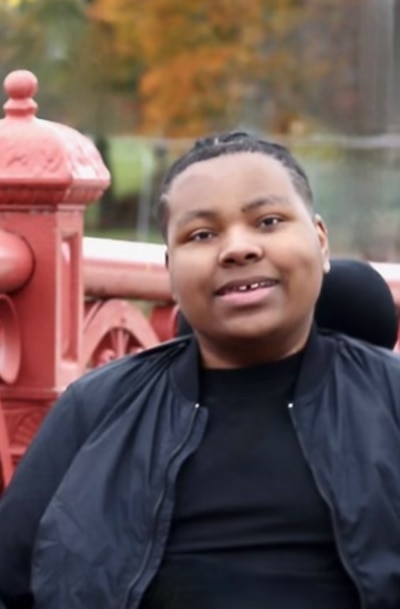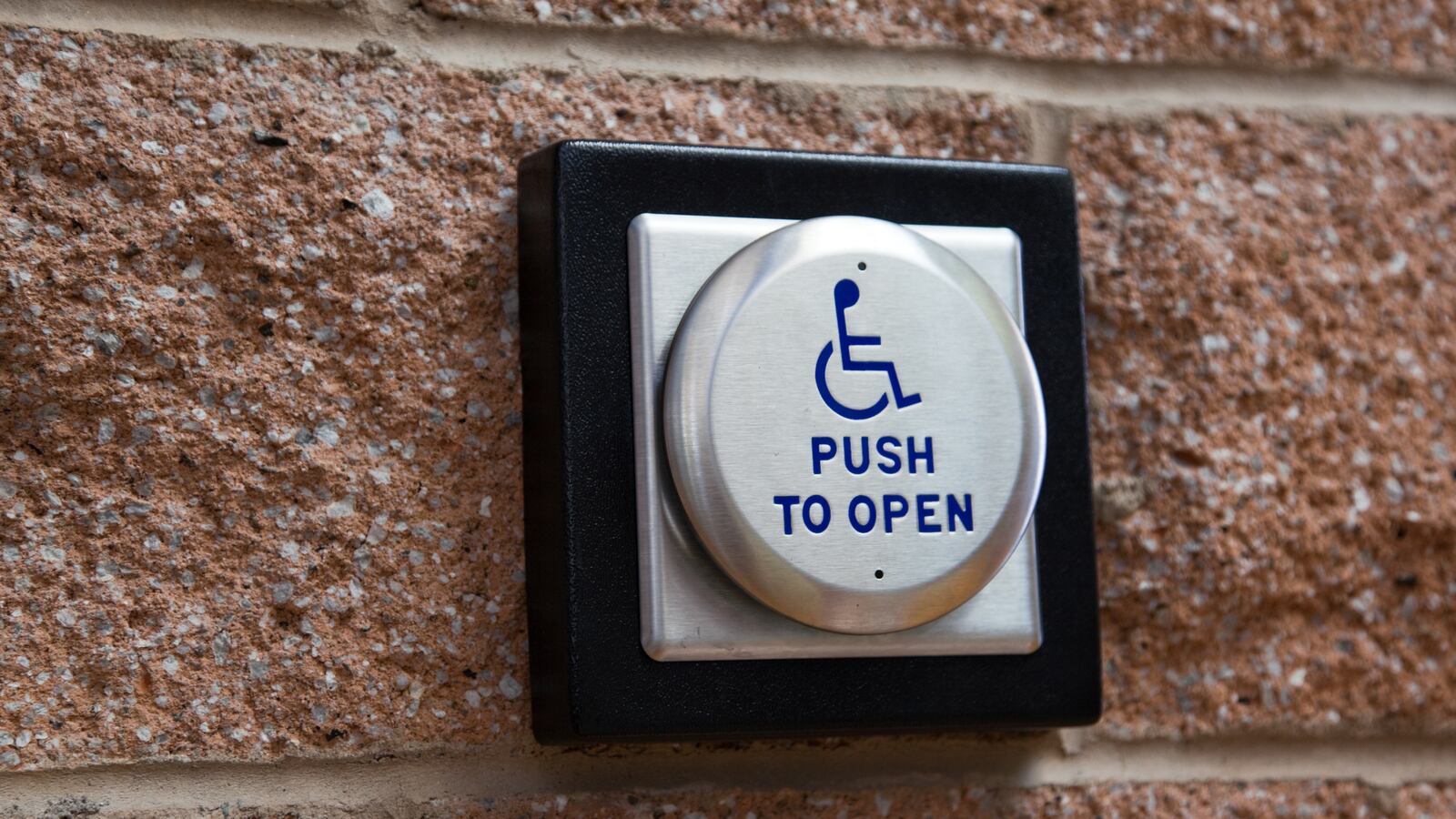Ever since I began going to school, there have always been challenges. I have spinal muscular atrophy, a progressive neuromuscular disorder. I use a wheelchair and have needed supports at school, such as individualized education programs, 504 plans, and accommodation letters.
College was a new chapter for me, though, and the accommodations that enabled me to graduate high school would not follow me. So five months before I was to start college in my hometown of Detroit, I met with the school’s disability service to speak about what I’d need to live and learn on campus: an accessible room, some special equipment, and ID cards that provided my caregivers easy campus access. I also shared with them the supports I had in high school that could be helpful going forward.

I was determined to have as typical a college experience as possible since so much of my life up until now had been different from that of my peers. While they’d run, I’d roll. While they’d write, I’d type. During my K-12 years, I had multiple surgeries and was hospitalized more than 10 times. Having these big differences made me appreciate our similarities even more.
Getting to college, where I am now a first-year student, has taken a lot of work that probably doesn’t even cross the minds of people who are not disabled or even some who are. There were months of planning.
In April of 2024, I met with the doctor who follows my health and prescribes for me different medical devices. The first device I needed was a Hoyer Lift, which lifts me from one place to another, kind of like a battery-operated hammock on wheels. I use my Hoyer Lift every day, multiple times a day, as it helps me get in and out of bed, cars, and my wheelchair.
The second device I needed was a shower chair. Ever since I started elementary school, kids would ask how I take a shower. Prepare to have your answer. After getting pulled up by the Hoyer Lift, I’m placed on a shower chair and rolled into the shower. Ta-da!
When move-in day finally came in mid-August, my equipment was ready to be delivered, but my work was far from finished.
Many colleges have an office of disability services, where students can ask for what they need to thrive. The accommodations I secured through my school’s disability office back in April consist of extended time during tests, additional absences, access to a scribe to write out words I’ve said, and a dorm room with Americans with Disabilities Act accommodations: wider doors, a roll-in shower, and a door with a peek hole at wheelchair height.
It also involved reaching out to professors after my first time in their class to discuss my physical limitations. That’s how I found out that most of my work could be completed online, so my handwriting challenges didn’t really matter. All of my professors told me to talk to them as problems came up or whenever I needed help.
For a lot of people, deciding on a college major is a struggle. Not for me. Anyone who knows me knows that I love music production and learning about music theory. I aspire to create scores for films and beats for other artists. I applied to two metro Detroit colleges with majors in music technology or performance arts technology. During the application process months earlier, I was told that there was a certain amount of piano skills necessary for my major of choice, and my spinal muscular atrophy limits my ability to play piano.
My strength lies in a mixture of my digital audio workstation, which I use to make music, and my musical knowledge, talent, and passion. I have faith in my ability to create compelling musical stories that evoke emotion and provide comfort. However, I worried that my disability would prevent me from showing the instructors what I’m capable of. So I ended up declaring a political science major and a minor in music tech, for which no audition was required.
When my college dorm floor had its first meet-and-greet, I met another student who uses a wheelchair. Her name is Melodie, and after the meeting, we spoke about school, our plans, life on campus, and more. It was pretty awesome because rarely in my K-12 education experience did I get to interact with other wheelchair users. It was amazing to meet someone who understands the challenges of being a disabled college student. For example, she knows what it’s like to struggle to reach the handicapped door buttons around campus.
When I told Melodie about my passion for music, she burst with excitement. She offered to connect me to professors and department chairs whom she thought could help me switch majors. Melodie is also the vice president of our school’s disability coalition, which she invited me to join. When I met Melodie, it was as if a person fell from the sky to help with my goal.
When I arrived in the classroom of a music tech instructor to request changing majors, I was nervous. I was also intrigued by what was around me — synthesizer keyboards and a scale I didn’t know on the whiteboard: C D E F# G# A#. The professor explained the hexatonic scale, and that interaction helped show my passion for learning music theory. I then met with the music technology advisor and devised a plan to begin taking music courses during the winter semester with the goal of declaring a music tech major.
Then there was the experience in the college classroom. My wheelchair would make me anxious in new environments. I feared that people would focus on my wheelchair — its creaking wheels, the sound it makes when in motion.
Luckily, I know how to navigate this discomfort because, as a kid, I was a public speaker and a brand ambassador for the Muscular Dystrophy Association. It was my job to show people where their money went and, hopefully, to get them to give more. I was so good at connecting with people that I appeared on national television as part of the organization’s telethon.
Since then, whenever I get nervous, I make jokes or highlight my disability to break the ice that my chair can cause. During my first week of college, I made a lot of these jokes. In my communications class, for example, I introduced myself as “wheelchair boy,” which got a few laughs. My goal is to turn what I sometimes feel is a weakness into a strength.
Then came my first speech in communications class. Before I turned on my chair and headed to the front of the room to deliver the talk, I was semi-panicking until one of my classmates asked our teacher about attention grabbers — that is, catchy ways to start a speech.
That question was exactly what I needed, and when it was time for my speech — an analysis of a video about labor organizer Dolores Huerta — I turned the speed on my chair to the maximum, took a breath, and got ready for my moment to shine. Pushing as hard as I could into my joystick, I drove my wheelchair through two rolling chairs blocking my path. The chairs came with me to the front of the class.
As the class laughed, I said, “Now that’s an attention grabber.”
Torrance Johnson is a college freshman at Wayne State University. He hopes to pursue a career in music production and writing. Torrance aims to show others new perspectives and make the world feel a little more connected and understood.


